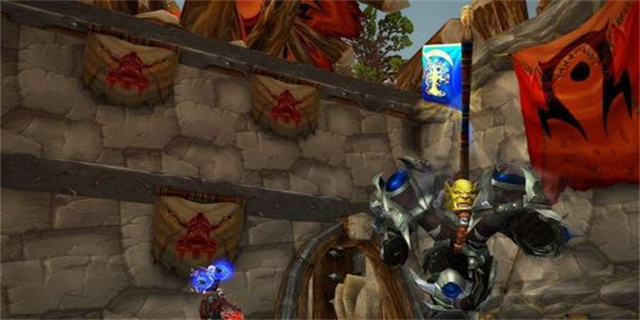Windows 8: A Revolution in Operating Systems
Introduction:
Windows 8, developed by Microsoft Corporation, is an operating system that marked a significant departure from its predecessors. Released in 2012, it introduced a fresh and dynamic user interface that aimed to bridge the gap between traditional desktop computing and the emerging era of touch-based devices. In this article, we will explore the three key aspects that made Windows 8 a revolutionary operating system.

1. Metro Design Language:
The Metro design language, also known as Modern UI, was the flagship feature of Windows 8. It represented a bold departure from the familiar Windows interface we had grown accustomed to. Inspired by the principles of typography and clean, minimalist design, Metro introduced a grid-based layout, large typography, and the use of vibrant colors. This new design language aimed to create a fluid and immersive user experience that was optimized for both touch-based devices and traditional desktop computers.

One of the standout features of Metro was the Start Screen, which replaced the traditional Start Menu. Instead of a list of applications, users were presented with a customizable grid of live tiles. These tiles displayed real-time information, such as weather updates, calendar events, and social media notifications, providing users with at-a-glance information without having to launch individual apps. This innovative approach to the user interface set Windows 8 apart from its competitors and laid the foundation for the future of user interaction.
2. Integration of App Store:
To further enhance the user experience, Windows 8 introduced the integration of an App Store directly into the operating system. This move mirrored the growing trend of mobile app marketplaces and gave users the ability to discover, download, and install a wide range of applications directly from their desktops. The App Store provided a centralized hub for both traditional desktop applications and a new breed of touch-optimized applications.
By enabling developers to create apps specifically for Windows 8, Microsoft aimed to foster innovation and take advantage of the growing popularity of touch-based devices. The new apps could leverage the capabilities of the operating system, such as live tile updates, touch gestures, and integration with other core services. This integration of an App Store into the operating system showcased Microsoft's commitment to embracing the shift towards mobile computing and provided users with a vast ecosystem of applications to enhance their Windows 8 experience.
3. Unified Platform:
Windows 8 introduced a unified platform that aimed to bring together the desktop, tablet, and mobile experiences. This unified approach allowed developers to create applications that could run seamlessly across a wide range of devices, from traditional desktops to tablets and smartphones. It provided users with a consistent experience, regardless of the device they were using.
The underlying technology that enabled this seamless experience was the Windows Runtime (WinRT), a new development platform introduced with Windows 8. It provided developers with a set of APIs (Application Programming Interfaces) that allowed them to create applications that could be run on multiple devices with minimal modifications. This unified platform not only made it easier for developers to target a broader audience but also allowed users to seamlessly transition between their devices without losing productivity or familiarity.
Conclusion:
Windows 8 was a revolutionary operating system that brought significant changes to the world of computing. The introduction of the Metro design language, integration of an App Store, and the unified platform transformed the way users interacted with their computers. Although Windows 8 had its share of criticism and faced initial resistance from some users, it laid the foundation for subsequent versions, refining and improving upon its innovative ideas. Windows 8 marked a turning point in the evolution of operating systems, embracing touch-based interaction and setting the stage for the future of computing.


















